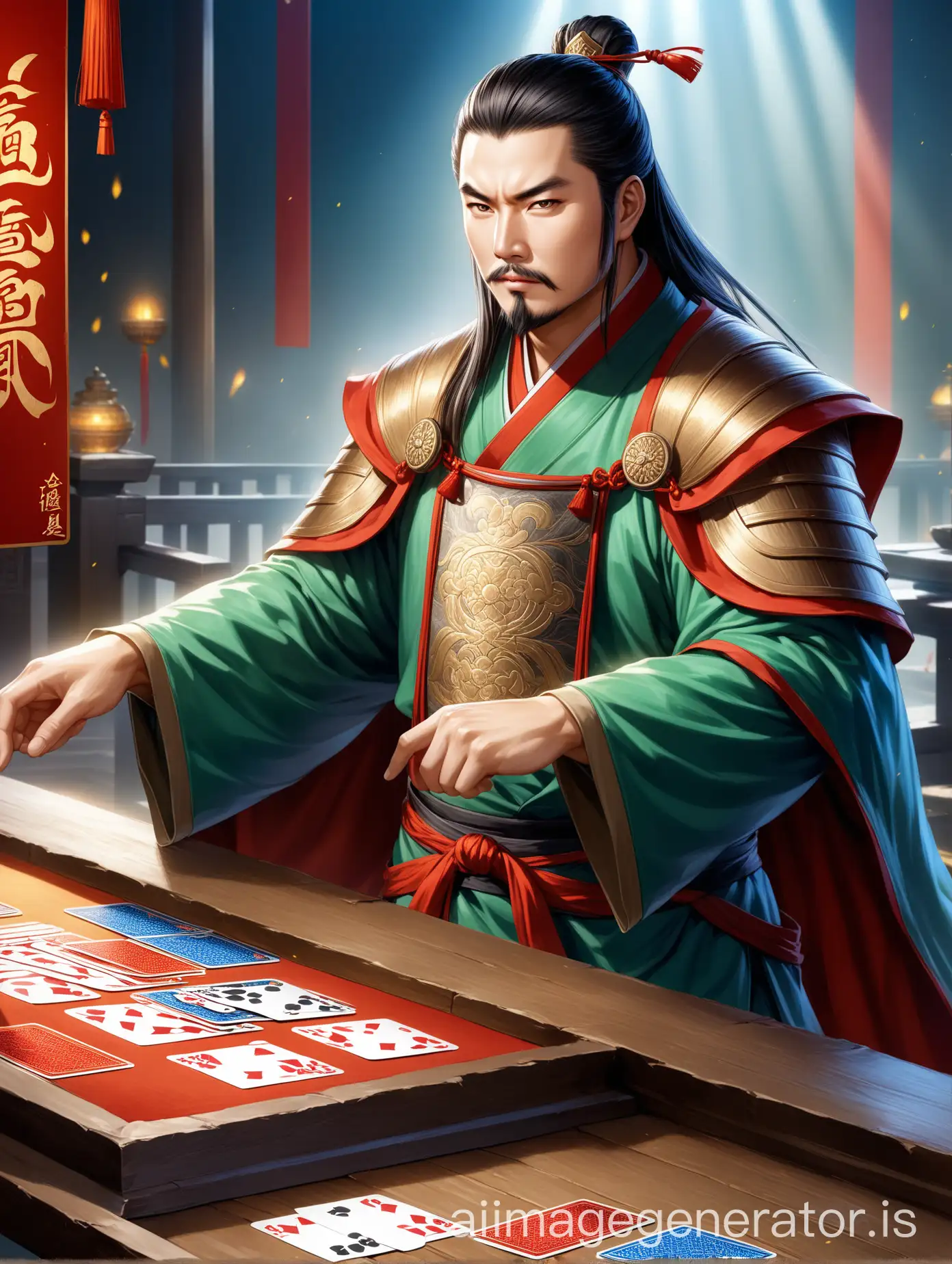Free physically based rendering Image Generator
Just imagine, and we'll instantly return a variety of personalized physically based rendering images—designed to bring your creativity to life!
- 4:3
- 3:4
- 1:1

image.state.default

Related Tags
Physically Based Rendering (PBR) is a method in computer graphics that aims to render images in a way that accurately represents real-world materials and lighting. By utilizing algorithms that simulate physical light behavior, PBR produces more realistic and detailed images. This technique has revolutionized the fields of visual effects, gaming, and virtual reality by providing a high level of realism and immersion.
Understanding Physically Based Rendering (PBR)
PBR stands out due to its use of accurate material properties, such as albedo, metallic, and roughness maps, to define how light interacts with surfaces. This results in images that maintain consistent appearance under varied lighting conditions. Applications of PBR are vast, ranging from video games and films to architectural visualizations and product design. Its ability to create lifelike textures and surfaces makes it indispensable in modern digital art and design.
Characteristics and Applications of PBR
The influence of PBR on modern culture is profound, especially in entertainment media. Video games and movies utilize PBR to achieve stunningly realistic graphics that enhance storytelling and user experience. Titles like 'The Witcher 3' and films such as 'Avatar' showcase the capabilities of PBR, setting new standards for visual fidelity. Beyond entertainment, PBR's realism also impacts fields like virtual reality and augmented reality, where immersive experiences are paramount.
Impact of PBR on Modern Culture and Media
As technology advances, the future of PBR looks promising. Emerging trends include real-time ray tracing, which further enhances the realism of scenes by accurately simulating the path of light. Machine learning and AI are also being integrated into PBR workflows to optimize and automate the rendering process. These innovations will continue to push the boundaries of what is possible in digital art, making PBR an exciting area of development.
Future Development Trends in Physically Based Rendering